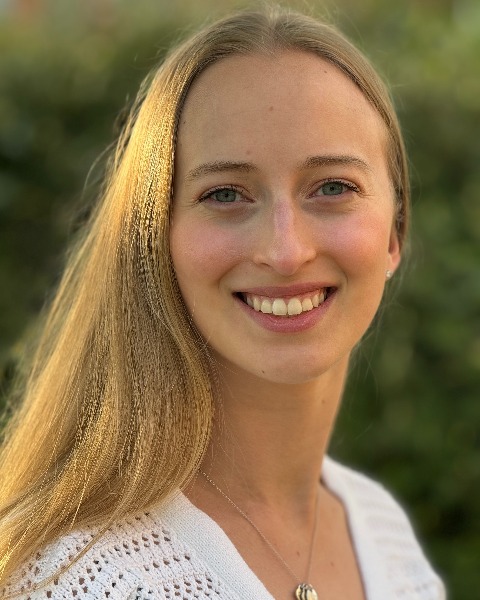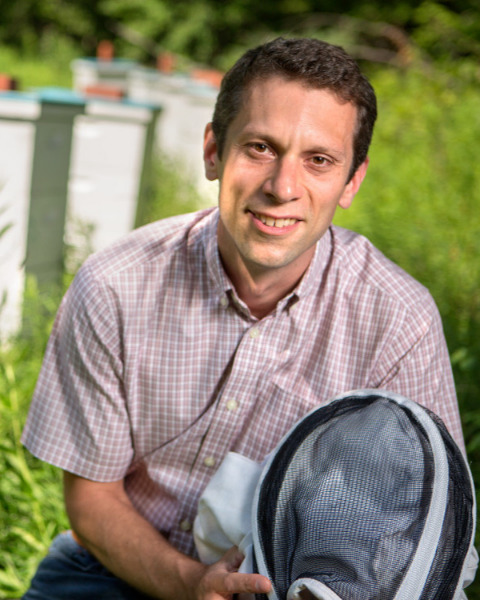Student 10-Minute Presentation
Plant-Insect Ecosystems
Student
Student Competition
Within-colony foraging specialization among bumble bees and consequences for disease transmission

Tallisker L.H Weiss
Undergraduate Student
Cornell University
Ithaca, New York- WN
Wee Hao Ng
Cornell University
Ithaca, New York - NN
Nils Napp
Cornell University
Ithaca, New York 
Scott McArt
Associate Professor
Cornell University
Ithaca, New York
Presenting Author(s)
Co-Author(s)
Plant-pollinator networks are typically inferred at the species level, linking two species if any individuals of those species interact. Within generalist species, individuals often specialize on different subsets of the resources available, which can lead to differences between individual- and species-level contact networks. Previous work from our group has found that mathematical models that ignore individual host specialization can underpredict the persistence of many bee diseases while over- or underpredicting the disease prevalence at steady-state. To better understand the degree of individual foraging specialization in bumble bee (Bombus impatiens) colonies, we individually marked all foragers within colonies with unique tags, designed an automatic photo-based tracking system that attaches to the entrance tunnel of the hives to capture the identity and entrance time of the bee, and manually collected pollen from individual bees as they entered the colony. Palynological analysis of sequential pollen loads were used to determine the frequency at which individual foragers changed which flowers they visited over the course of multiple two-week periods, as well as the proportion of trips made where the forager sampled from multiple flowers. We then used our results to parameterize new disease transmission models. Our results provide insight into the distribution of foraging specialization among bumble bee workers within multiple hives and the rate at which the individual bees switch their pollen foraging preferences over time. This data allows us to assess better the importance of individual specialization in disease transmission within plant-pollinator communities.

.png)

